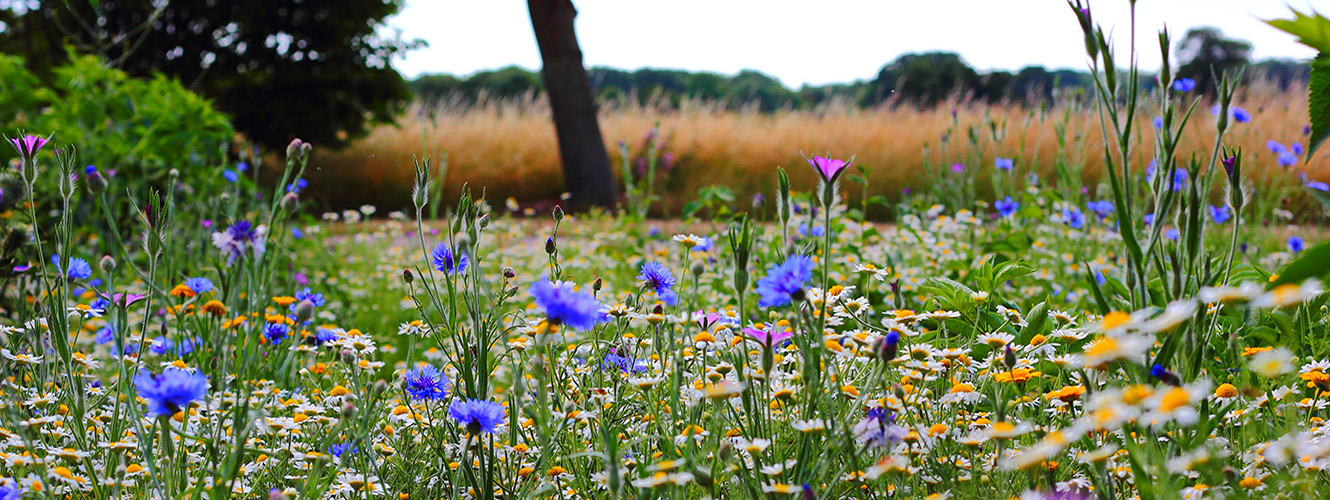
The Government published its Environmental Improvement Plan 2023 on 31 January setting out its ambitious roadmap to create new wildlife habitats, restore nature and improve environmental quality. Although not all are directly relevant to agriculture, some of these targets will affect farming.
The plan lists ten goals, which are:
- Thriving plants and wildlife
- Clean air
- Clean and plentiful water
- Managing exposure to chemicals and pesticides
- Maximise our resources, and minimise our waste
- Using resources from nature sustainably
- Mitigating and adapting to climate change
- Reduced risk of harm from environmental hazards
- Enhancing biosecurity
- Enhancing beauty, heritage, and engagement with the natural environment
The plan revises the 25-year Environmental Plan, published on 11 January 2018, with new powers and duties from the Environment Act, Agricultural Act and Fisheries Act. It sets out how the Government will work with landowners, communities, and businesses to meet its environmental goals and help to restore nature, improve environmental quality, and increase the UK’s prosperity. The main goals are:
- Create and restore at least 500,000 hectares of new wildlife habitats, starting with 70 new wildlife projects including 25 new or expanded National Nature Reserves and 19 further Nature Recovery Projects
- Deliver a clean and plentiful supply of water for people and nature into the future, by tackling leaks, publishing a roadmap to boost household water efficiency, and enabling greater sources of supply
- Challenge councils to improve air quality more quickly and tackle key hotspots
- Transform the management of 70% of our countryside by incentivising farmers to adopt nature-friendly practices
- Boost green growth and create new jobs – from foresters and farmers to roles in green finance and research and development
The legally binding environmental targets, as required under the 2021 Environment Act, have also been published. Full details can be found here. The plan will be further reviewed in 2028.
Impacts on Farmers and Growers
Nature
There are plans to launch of a multi-million pound Species Survival Fund to protect the rarest species, from hedgehogs to red squirrels and support the 2030 species abundance target. Starting with 70 new wildlife projects including 25 new or expanded National Nature Reserves and 19 further Nature Recovery Projects they will create and restore at least 500,000 hectares of new wildlife habitats. Through the support of government schemes the target is for 65 to 80% of landowners and farmers to adopt nature-friendly farming practices on at least 10 to 15% of their land by 2030. They will also be supported to create or restore 30,000 miles of hedgerows a year by 2037 and 45,000 miles of hedgerows a year by 2050.
Water
There are plans to restore 400 miles of river through the first round of Landscape Recovery projects and establish 3,000 hectares of new woodlands along England’s rivers. Plans to tackle nutrient pollution include upgrading 160 wastewater treatment works by 2027 and providing increased advice and incentives to support sustainable agricultural techniques. Multiple benefits will be maximised by reforming river basin management plans and flood risk management plans to better integrate water and flood policy and the delivery of an investment plan to improve coastal and flood defences, including £100 million on the most frequently flooded areas added to rewards for farmers for actions to reduce risks and impacts from floods, droughts, and wildfires through our new future farming schemes.
Air
Incentives will be introduced in our new farming schemes, investing £13 million in slurry storage infrastructure in 2023 and considering expanding environmental permitting conditions to dairy and intensive beef farms to reduce ammonia emissions.
Soil
40% of England's agricultural soil will be brought into sustainable management by 2028 and up to 60% by 2030. The support given to farmers to establish their soil health baseline, provide a methodology for collecting soil health information, and share guidance and best practices will establish a soil health indicator, and publish a baseline map of soil health, and support.
Lowland peat
Plans to launch a £6.6 million lowland peat research and development programme and develop new farming scheme options to support the restoration of lowland peat and wetter farming methods.
Pesticides
Plans to help farmers transition to Integrated Pest Management with investment and advice, utilising nature to tackle pests and reducing reliance on manufactured pesticides.
Waste
The introduction of new interim targets for 2028 will help reduce different types of waste, including plastic, glass, metal, paper, and food. Plans to work with businesses to implement packaging extended producer responsibility from 2024 to enable recycling of packaging.
Supply chains
To tackle illegal deforestation in our supply chains due diligence requirements set out in the Environment Act 2021 will be implemented.
Climate change
Plans to publish a Land Use Framework in 2023, setting out how to balance multiple demands on our land including climate mitigation and adaptation as well as the third National Adaptation Programme (NAP3) in 2023 that will set out the five-year strategy to build the UK’s climate resilience.
Access and protected landscapes
A new commitment is that everyone should live within 15 minutes walk of a green or blue space.
In practice, the above targets will be implemented in part through grant funding including via the England Woodland Creation Offer, Sustainable Farming Incentive, Countryside Stewardship and Landscape Recovery Schemes. In addition, a much awaited further round of the Farming Equipment and Technology Fund is expected in 2023, and the Farming in Protected Landscapes programme has been extended until March 2025.
If you are looking for long-term solutions for your business, get in touch with one of our agricultural consultants in our Agribusiness team. Click here for more information.





